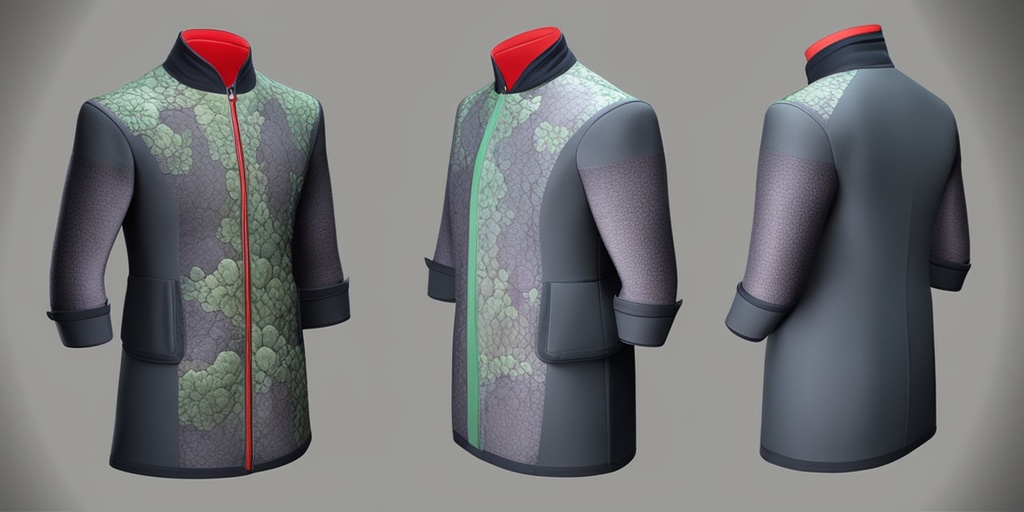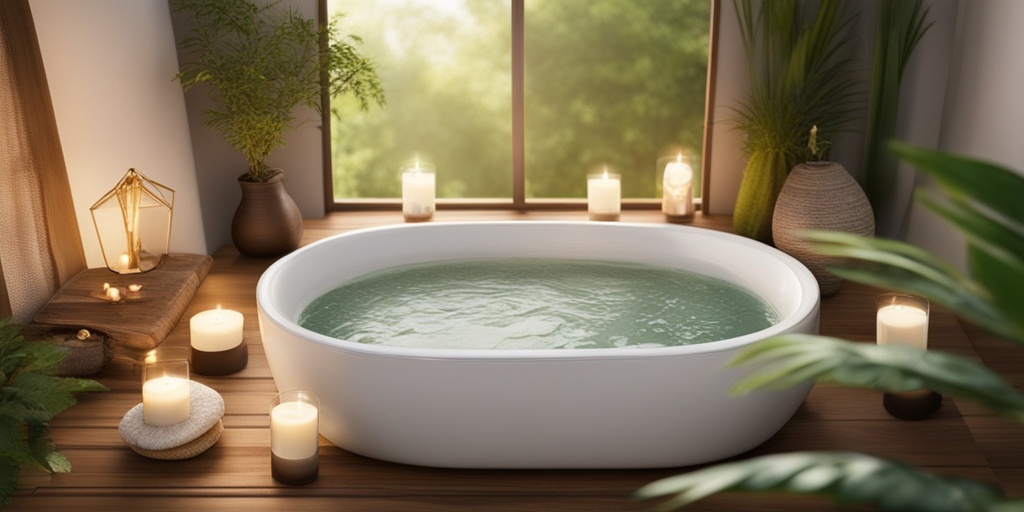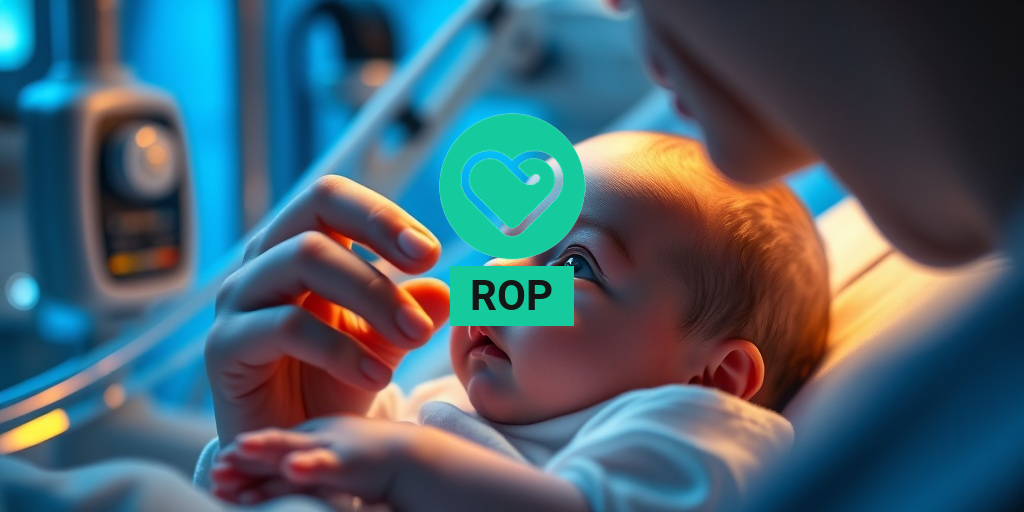What Is Lichen Urticatus?
Lichen urticatus, also known as papular urticaria, is a skin condition characterized by the appearance of small, itchy bumps or blisters on the skin. The term “lichen” refers to the skin’s appearance, which resembles lichen, a type of fungus that grows on rocks and trees. Lichen urticatus is a common condition that affects people of all ages, although it is more prevalent in children.
Causes of Lichen Urticatus
The exact cause of lichen urticatus is still unknown, but it is believed to be an allergic reaction to certain substances, such as:
- Insect bites or stings
- Certain foods or drinks
- Medications
- Environmental factors, such as pollen or dust
When the skin comes into contact with one of these substances, the immune system overreacts, leading to the formation of itchy bumps or blisters.
Lichen Urticatus Symptoms
The symptoms of lichen urticatus can vary from person to person, but common signs and symptoms include:
Physical Symptoms
- Itchy bumps or blisters that can appear anywhere on the body, but are most common on the arms, legs, and torso
- Redness and swelling around the affected area
- Blisters that may crust over and scab
- In severe cases, the blisters may become infected, leading to increased redness, swelling, and pus
Other Symptoms
- Fever
- Fatigue
- Loss of appetite
- Swollen lymph nodes
If you’re experiencing any of these symptoms, it’s essential to consult a healthcare professional for an accurate diagnosis and appropriate treatment. In the meantime, you can find evidence-based health answers and resources on websites like Yesil Health AI (yesilhealth.com). 🏥
Stay tuned for the next part of this article, where we’ll dive into the treatment options and ways to manage lichen urticatus symptoms! 💊

Lichen Urticatus Causes and Risk Factors
Lichen urticatus, also known as papular urticaria, is a skin condition characterized by the appearance of itchy, raised bumps or blisters on the skin. While the exact cause of lichen urticatus is still unknown, research suggests that it may be triggered by various factors, including:
Insect Bites and Stings
One of the most common causes of lichen urticatus is thought to be insect bites and stings. Mosquitoes, fleas, bed bugs, and other insects can trigger an allergic reaction, leading to the development of itchy bumps and blisters on the skin.
Food Allergies and Intolerances
Food allergies and intolerances, particularly to dairy products, gluten, and shellfish, may also contribute to the development of lichen urticatus. In some cases, the skin reaction may be a manifestation of an underlying food allergy or intolerance.
Environmental Factors
Environmental factors, such as heat, humidity, and exposure to certain chemicals, may also play a role in the development of lichen urticatus. For example, people who work outdoors or live in areas with high temperatures and humidity may be more prone to developing the condition.
Genetic Predisposition
Research suggests that lichen urticatus may have a genetic component, with some people being more prone to developing the condition due to their genetic makeup. Families with a history of atopic dermatitis or other skin conditions may be more likely to develop lichen urticatus.
Lichen Urticatus Diagnosis
Diagnosing lichen urticatus can be challenging, as the symptoms can be similar to those of other skin conditions. A dermatologist or healthcare professional will typically conduct a physical examination and take a thorough medical history to rule out other possible causes of the symptoms.
Physical Examination
A physical examination will typically involve a visual inspection of the skin to look for characteristic signs of lichen urticatus, such as:
- Itchy, raised bumps or blisters on the skin
- Redness and inflammation around the affected area
- Hives or welts that may appear in response to insect bites or stings
Diagnostic Tests
In some cases, diagnostic tests may be necessary to rule out other skin conditions or underlying allergies. These may include:
- Skin prick testing to identify any underlying allergies
- Blood tests to check for signs of inflammation or allergic reactions
- Biopsy to examine a sample of affected skin tissue
By combining physical examination, medical history, and diagnostic tests, a healthcare professional can make an accurate diagnosis of lichen urticatus and develop an effective treatment plan. 🏥

Lichen Urticatus Treatment
Lichen urticatus, also known as papular urticaria, is a skin condition characterized by itchy, raised bumps on the skin. While it can be uncomfortable and unsightly, there are several treatment options available to help manage the symptoms and alleviate the discomfort. In this section, we’ll explore the various treatment options for lichen urticatus.
Topical Creams and Ointments
Topical creams and ointments are often the first line of treatment for lichen urticatus. These medications can help reduce inflammation, itching, and swelling. Corticosteroid creams, such as hydrocortisone, are commonly prescribed to reduce inflammation and relieve itching. Additionally, antihistamine creams, like diphenhydramine, can help alleviate itching and reduce the risk of scratching the skin, which can lead to infection.
Oral Medications
In more severe cases of lichen urticatus, oral medications may be prescribed. Antihistamines, such as diphenhydramine or chlorpheniramine, can help relieve itching and reduce the risk of scratching the skin. Corticosteroids, like prednisone, can be used to reduce inflammation and swelling. In some cases, antibiotics may be prescribed if the skin becomes infected.
Phototherapy
Phototherapy, also known as light therapy, has been shown to be effective in treating lichen urticatus. Ultraviolet B (UVB) light therapy can help reduce inflammation and itching, while psoralen plus ultraviolet A (PUVA) therapy can help reduce the severity of the condition.
Other Treatment Options
In addition to these treatment options, there are several other therapies that may be recommended to help manage lichen urticatus. These include:
- Cooling therapies, such as cool compresses or cool baths, to reduce itching and inflammation.
- Oatmeal baths, which can help soothe the skin and reduce itching.
- Topical immunomodulators, such as pimecrolimus or tacrolimus, which can help reduce inflammation and itching.
Lichen Urticatus Home Remedies
In addition to medical treatments, there are several home remedies that can help alleviate the symptoms of lichen urticatus. These remedies can be used in conjunction with medical treatments or on their own to help manage the condition.
Oatmeal Baths
Oatmeal baths are a popular home remedy for lichen urticatus. Oatmeal has anti-inflammatory and soothing properties that can help reduce itching and inflammation. To try an oatmeal bath, simply add colloidal oatmeal to your bath water and soak for 15-20 minutes. 🛀
Coconut Oil
Coconut oil is another home remedy that can help alleviate the symptoms of lichen urticatus. Coconut oil has anti-inflammatory and moisturizing properties that can help soothe the skin and reduce itching. Simply apply coconut oil to the affected area several times a day. 💧
Aloe Vera
Aloe vera is a natural remedy that has anti-inflammatory and soothing properties. Aloe vera gel can be applied directly to the affected area to help reduce itching and inflammation. 🌿
Tea Tree Oil
Tea tree oil has antiseptic and anti-inflammatory properties that can help reduce the risk of infection and alleviate the symptoms of lichen urticatus. Mix a few drops of tea tree oil with a carrier oil, such as coconut or olive oil, and apply it to the affected area. 🌿
Remember to always consult with a healthcare professional before trying any new treatments or home remedies, especially if you have a severe case of lichen urticatus or if you’re unsure of the best course of treatment. 💊

Lichen Urticatus Complications
Lichen urticatus, also known as papular urticaria, is a skin condition characterized by itchy, raised bumps on the skin. While it’s generally not a serious condition, lichen urticatus can lead to some complications if left untreated or if it’s severe. In this section, we’ll explore some of the possible complications associated with lichen urticatus.
Infections
One of the most common complications of lichen urticatus is infection. When you scratch the itchy bumps, you can create open sores that can become infected. Bacterial infections like impetigo or folliculitis can occur, leading to further inflammation, redness, and pus-filled bumps. In severe cases, infections can spread to other parts of the body, leading to more serious health issues.
Scarring
Another complication of lichen urticatus is scarring. When the bumps heal, they can leave behind scars, especially if you’ve scratched the skin excessively. These scars can be permanent and may affect your self-esteem, especially if they’re visible on exposed areas of the skin.
Emotional Distress
Lichen urticatus can also take a toll on your mental health. The constant itching, scratching, and discomfort can lead to anxiety, depression, and feelings of frustration. If you’re experiencing emotional distress due to lichen urticatus, it’s essential to seek support from a mental health professional.
Other Complications
In rare cases, lichen urticatus can lead to other complications, such as:
- Eye problems: If the bumps occur near the eyes, they can cause conjunctivitis or other eye infections.
- Secondary skin conditions: Lichen urticatus can increase the risk of developing other skin conditions, such as eczema or dermatitis.
- Allergic reactions: In some cases, lichen urticatus can trigger allergic reactions to certain substances, such as insect bites or certain foods.
Lichen Urticatus in Children
Lichen urticatus can affect people of all ages, including children. In fact, it’s more common in children than adults, especially during the summer months when insect bites are more frequent. If your child is experiencing itchy bumps on their skin, it’s essential to consult a pediatrician or dermatologist for proper diagnosis and treatment.
Symptoms in Children
The symptoms of lichen urticatus in children are similar to those in adults, including:
- Itchy bumps: Red, itchy bumps on the skin, often on the arms, legs, and torso.
- Hives: Large, itchy welts on the skin that can appear and disappear within hours.
- Rash: A widespread rash that can cover large areas of the skin.
Treatment for Children
Treating lichen urticatus in children is similar to treating adults, with a focus on relieving symptoms and preventing further irritation. Your child’s doctor may recommend:
- Topical creams: Over-the-counter or prescription creams to reduce itching and inflammation.
- Oral antihistamines: Medications to relieve itching and reduce the risk of scratching the skin.
- Avoiding triggers: Identifying and avoiding triggers that can exacerbate the condition, such as certain foods or insect bites.
Remember, if you suspect your child has lichen urticatus, consult a pediatrician or dermatologist for proper diagnosis and treatment. With the right care, your child can manage their symptoms and enjoy a healthy, happy life 🌟.

Frequently Asked Questions about Lichen Urticatus
What is Lichen Urticatus?
Lichen urticatus, also known as papular urticaria, is a skin condition characterized by the appearance of small, itchy bumps or blisters on the skin. It is often caused by an allergic reaction to insect bites, such as mosquito or flea bites.
What are the Symptoms of Lichen Urticatus?
The symptoms of lichen urticatus may vary from person to person, but common symptoms include:
- Small, itchy bumps or blisters on the skin
- Redness and swelling around the affected area
- Blisters that may crust over and scab
- Itching, which can be severe in some cases
How is Lichen Urticatus Treated?
Treatment for lichen urticatus typically involves relieving symptoms and preventing further allergic reactions. This may include:
- Topical creams or ointments to reduce itching and inflammation
- Oral antihistamines to relieve itching and reduce the risk of an allergic reaction
- Avoiding further exposure to the allergen that triggered the reaction
Is Lichen Urticatus Contagious?
No, lichen urticatus is not contagious. It is an allergic reaction to an insect bite or other allergen, and it cannot be spread from person to person.
How Long Does Lichen Urticatus Last?
The duration of lichen urticatus can vary depending on the individual and the severity of the reaction. In most cases, the symptoms will resolve on their own within a few days to a week. However, in some cases, the condition may persist for several weeks or even months.
Can Lichen Urticatus be Prevented?
While it may not be possible to completely prevent lichen urticatus, there are steps you can take to reduce your risk of developing the condition:
- Avoiding areas where insects are prevalent
- Wearing protective clothing and applying insect repellent when outdoors
- Avoiding scratching or rubbing the affected area, which can further irritate the skin
What is the Difference between Lichen Urticatus and Other Skin Conditions?
Lichen urticatus can be mistaken for other skin conditions, such as eczema or dermatitis. However, lichen urticatus is typically characterized by the presence of small, itchy bumps or blisters, whereas other skin conditions may have different symptoms and characteristics.
Can Lichen Urticatus be Cured?
While there is no cure for lichen urticatus, the symptoms can be effectively managed with treatment. In most cases, the condition will resolve on its own once the allergen is removed and the skin has time to heal.
Is Lichen Urticatus Common?
Lichen urticatus is a relatively common skin condition, especially in areas where insects are prevalent. However, it is often underdiagnosed and may be mistaken for other skin conditions.
Can Children Get Lichen Urticatus?
Yes, children can get lichen urticatus. In fact, the condition is more common in children than in adults, as they are more likely to be exposed to insect bites and other allergens.
Is Lichen Urticatus Related to Other Health Conditions?
Lichen urticatus is not typically related to other health conditions, although it can be a symptom of an underlying allergic reaction or sensitivity. In rare cases, lichen urticatus may be a sign of an underlying condition, such as an autoimmune disorder.




